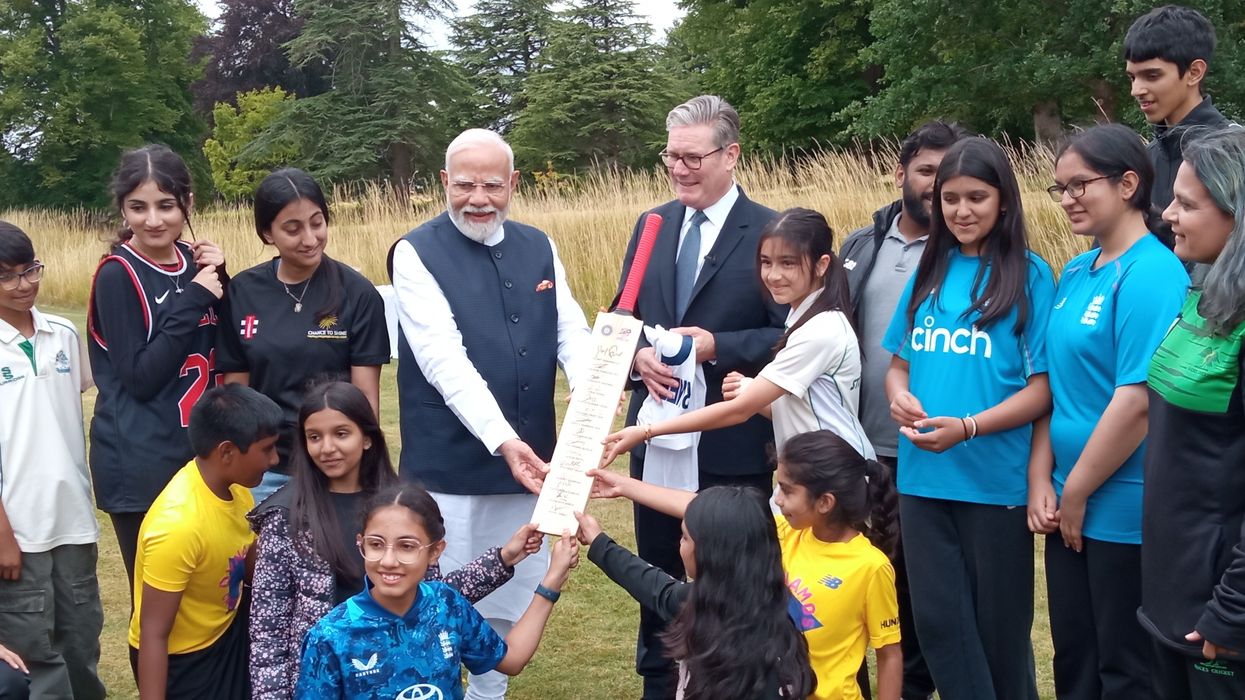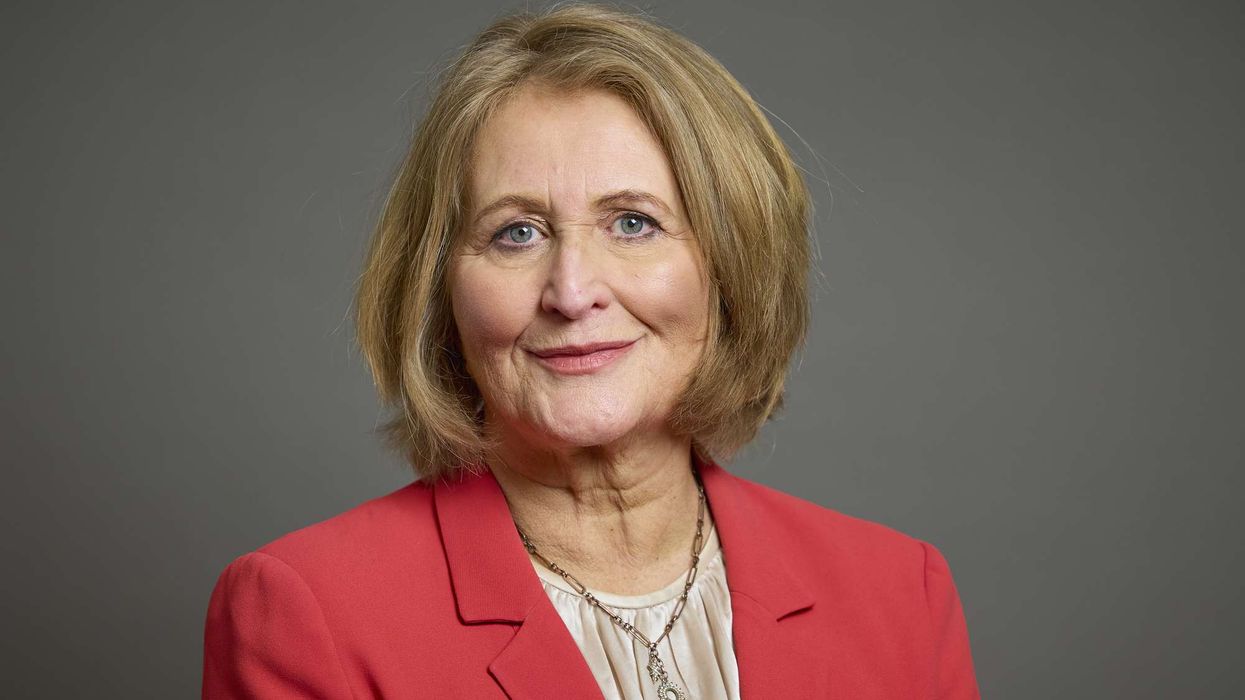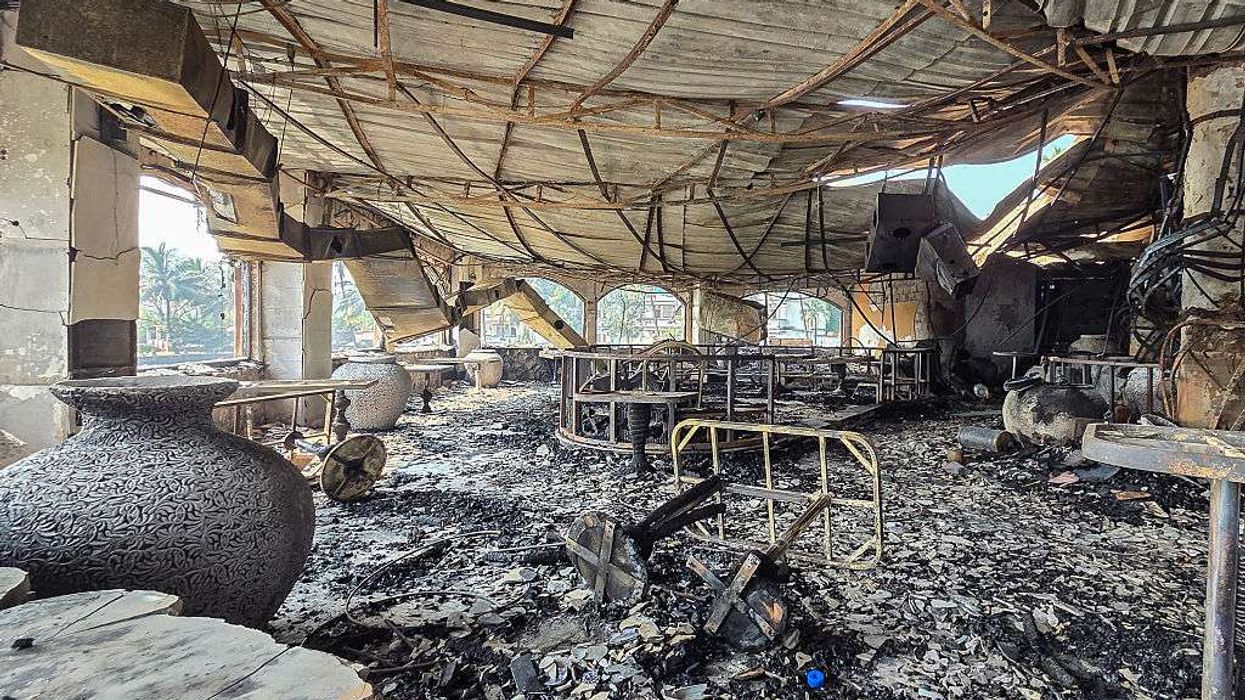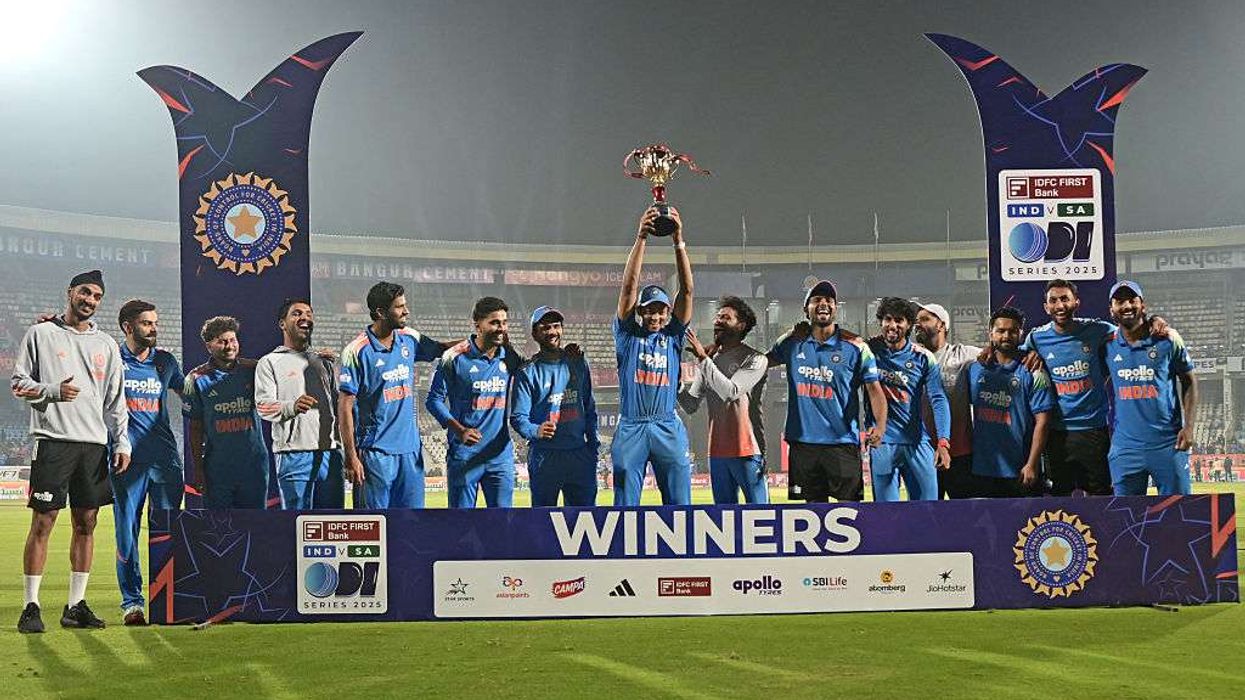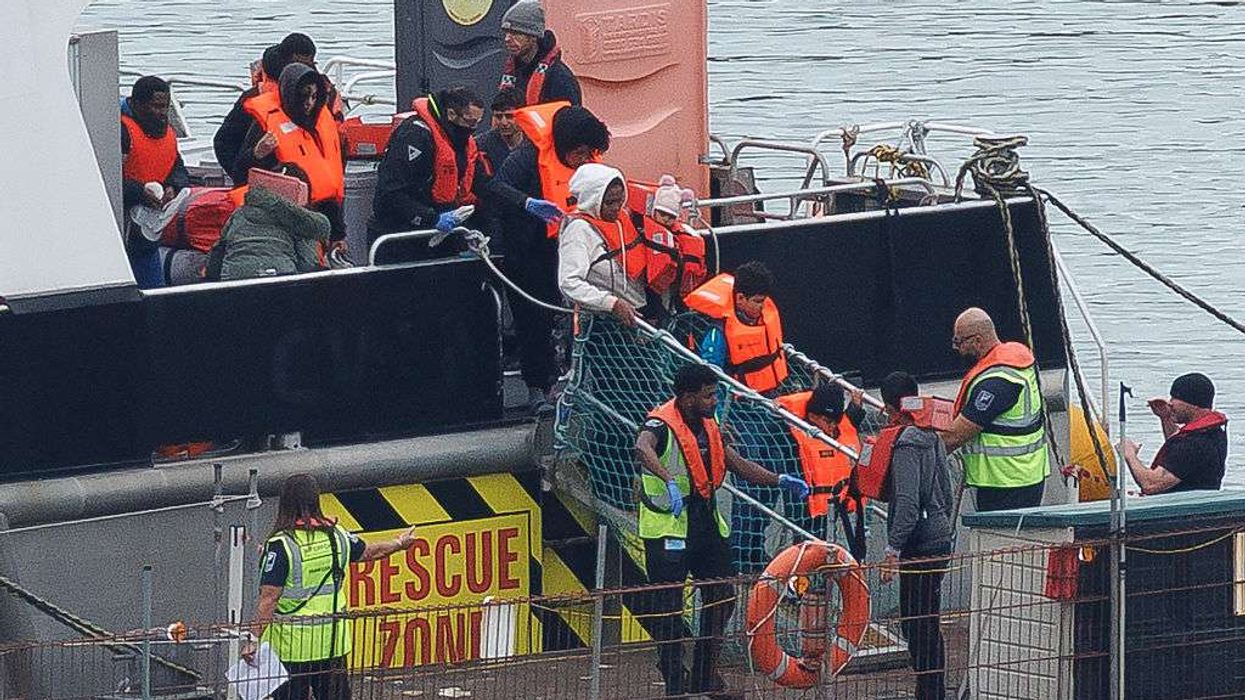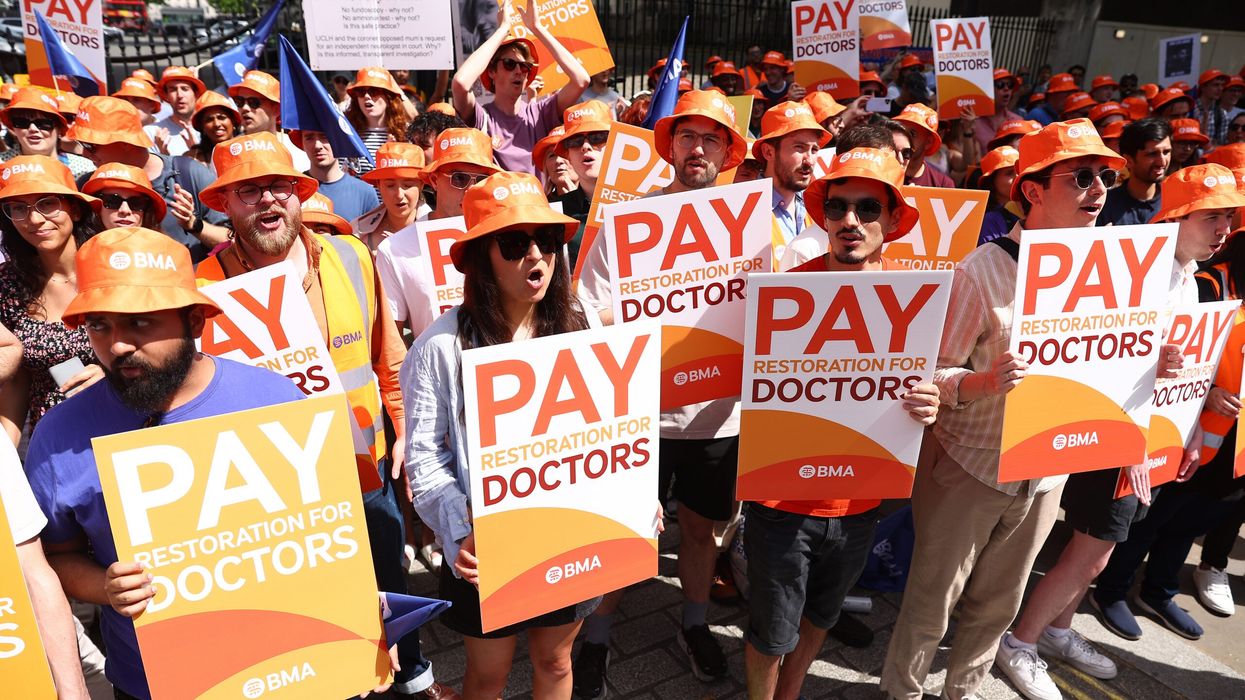What is it like to be at Chequers?
I think Eastern Eye readers should be told.
What’s it like to be in the British prime minister’s country residence tucked away deep in the idyllic Buckinghamshire countryside?
The British and Indian prime ministers, Sir Keir Starmer and Narendra Modi, presided over a “historic” occasion when the two countries signed a Comprehensive Economic and Trade Agreement, known informally as a Free Trade Agreement.
It was certainly very special for me as this was my first time at Chequers. It was also a privilege to witness “the first draft of history”.
Modi arrives at Chequers
Lord Swraj Paul, the Indian steel tycoon, has a 250-acre estate in Buckinghamshire called The Grange not too far away (where I have interviewed him on many occasions). When Gordon Brown was prime minister, he was accused of being too close to the wealthy Paul. To wind up such critics, Paul used to joke that “there is a tunnel connecting The Grange with Chequers”.
Understandably, on Thursday (24) the place was bristling with security, possibly to make sure neither Jeremy Corbyn nor Diane Abbott sneaked in to spoil Starmer’s big day. An armed police officer very politely asked us to open the boot of our car, perhaps to make sure neither Rahul Gandhi nor Mamata Banerjee were similarly intent on ruining Modi’s big moment.
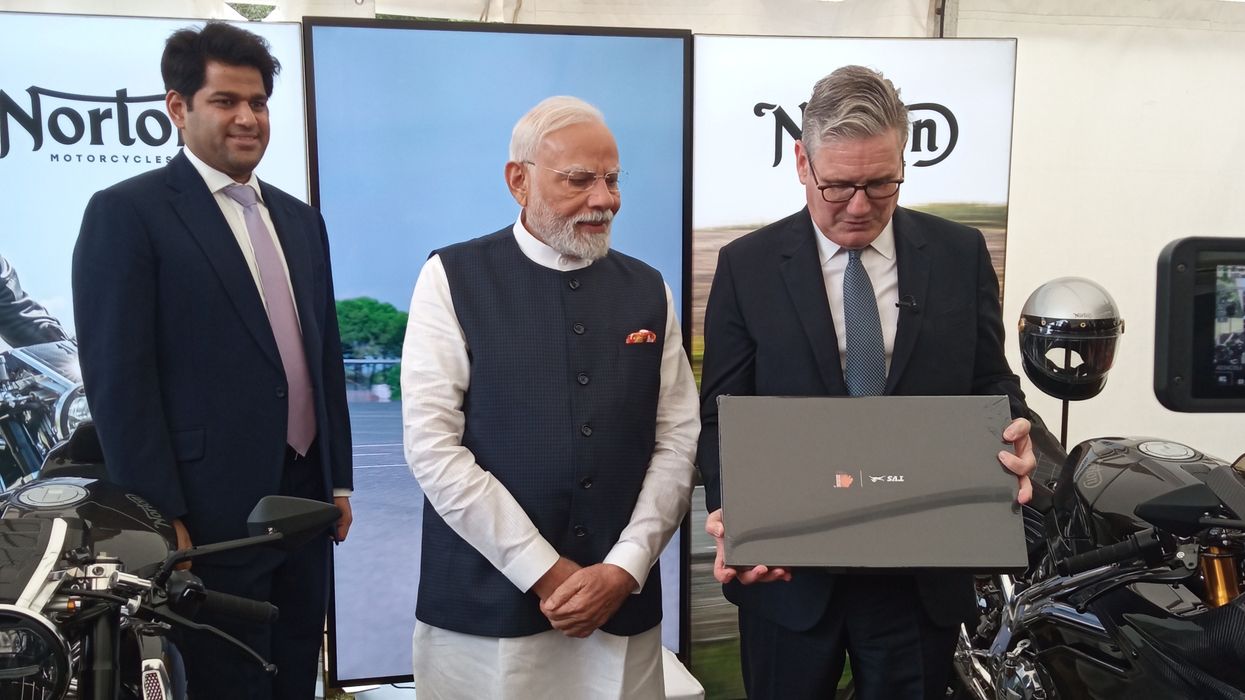
Ok, ok, ok, just joking.
The police were all very polite but one did do a camera sweep under our car. A helicopter noisily passed overhead but it was reconnoitring the countryside for Chequers is set in more than 1,000 acres of rural England.
There was a sense of anticipation in the air but there was a calm interlude to take in the atmosphere of the Grade I listed house which has been the British prime minister’s country residence since 1917. I foresee more people from Eastern Eye’s Rich List buying such properties in the years to come.
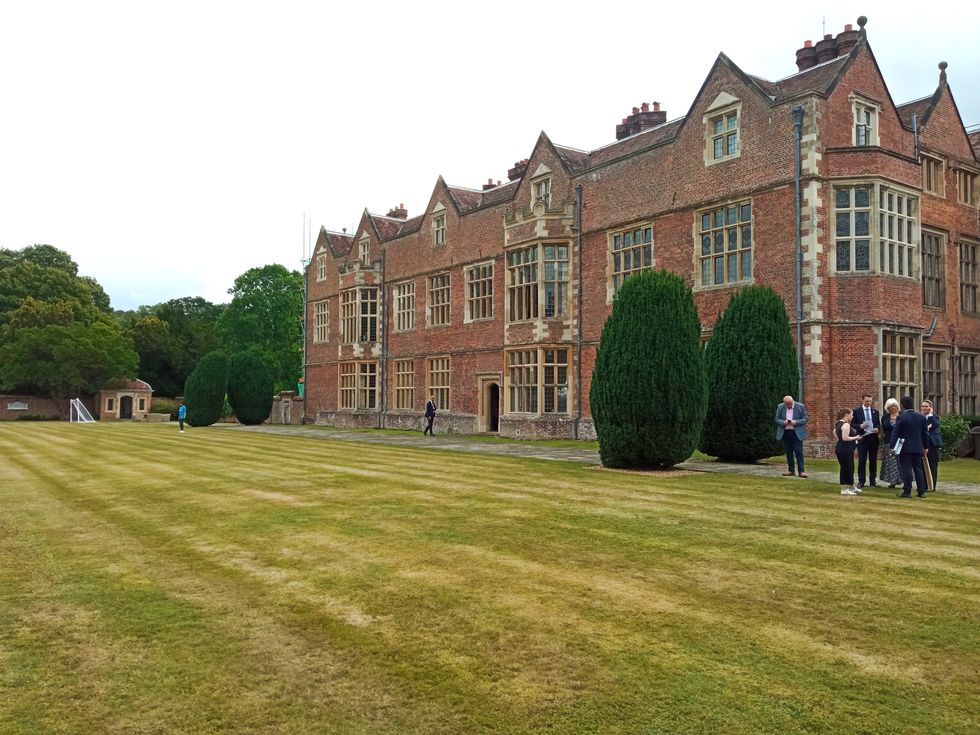
Chequers dates back to 1565 when it was built by a landowner called William Hawtrey, from possibly the reconstruction of an earlier building. There is a drawing room named after Hawtrey where Starmer and Modi made their initial opening statements. Shailesh Solanki and I were later set up to interview Starmer in The Great Hall but he wanted somewhere quieter and more relaxed so we ended up back in the Hawtrey Room.
Another helicopter, which landed in a nearby field, heralded the arrival of the Indian prime minister and his retinue. He was driven to one of the arched entrances and walked alone to where Starmer was waiting to receive his guest. I must say Modi’s crisp white clothes stood out in contrast to the summer green of the trees and the grass. He walked confidently in a straight line for the now familiar embrace. Leaders like the French president, Emmanel Macron, are better at this kind of greeting. Starmer reciprocated manfully but the former director of public prosecutions is not naturally a touchy, feely sort of guy.
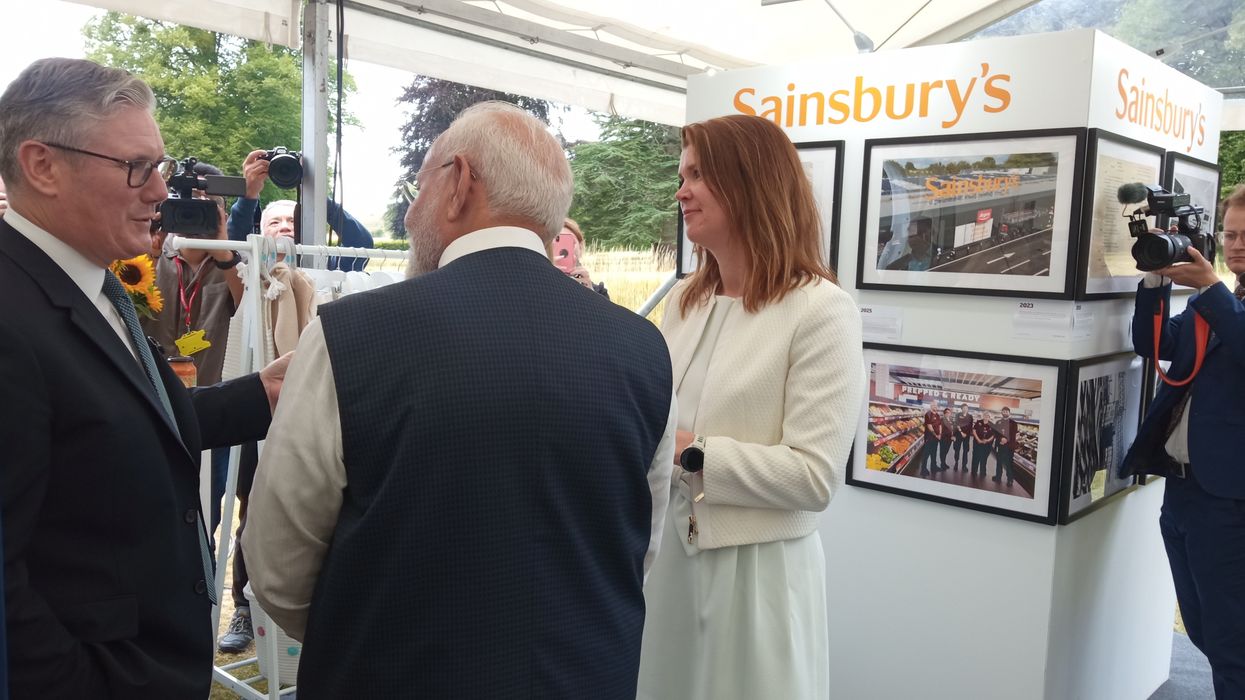
Starmer asked Modi if he had been to Chequers before. Modi replied he had. That was on 13 November 2015 when David Cameron was prime minister and escorted the Indian prime minister, who had been elected the previous year, to his famous meeting at a packed Wembley Stadium.
A decade on, Modi has flown the Indian flag all over the world. This is his fourth prime ministerial visit to Britain. Neither prime minister took questions from the gathered media but Modi came across as someone in command of the nitty gritty of the trade deal. My impression is that if there is one country that can help rescue the sluggish British economy, it is India, given the growing size of its dynamic middle class and also the scale of Indian investment into the UK.
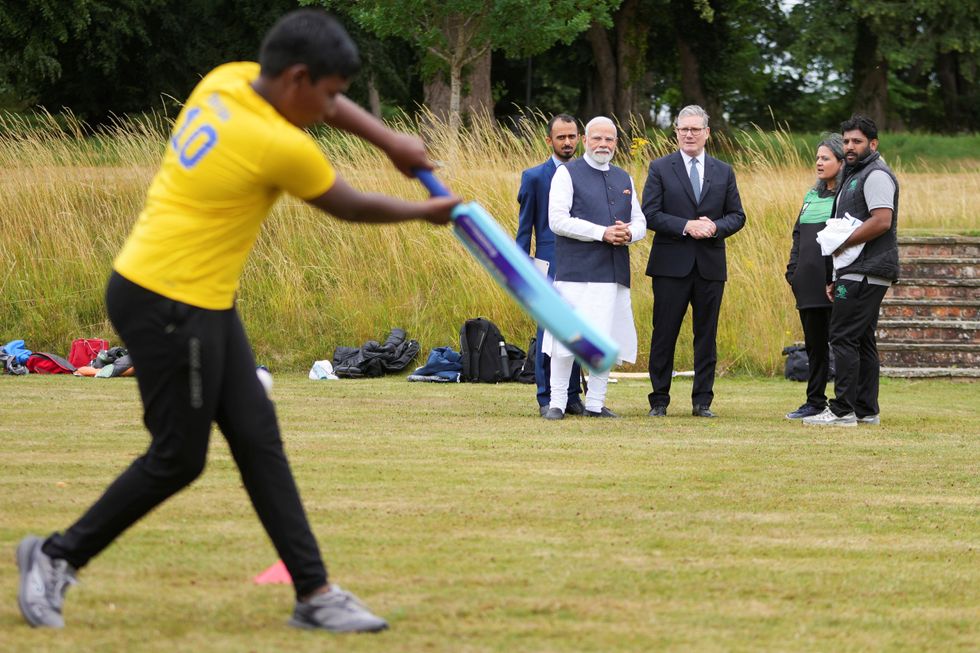
The formal signing of documents between Jonathan Reynolds, the business secretary, and his Indian counterpart, Piyush Goyal, the commerce and industry minister, took place in The Great Hall. They appear to be good mates, not least because Reynolds bought Goyal an icecream some weeks ago when they were walking and talking in Hyde Park in London. Portraits from Britain’s imperial past, of lords and ladies and aristocrats, looked down on the assembled gathering – and Indians and their former colonial masters parleying on equal terms. Starmer did say the deal was between the world’s fifth and sixth biggest economies but he didn’t say which was which.
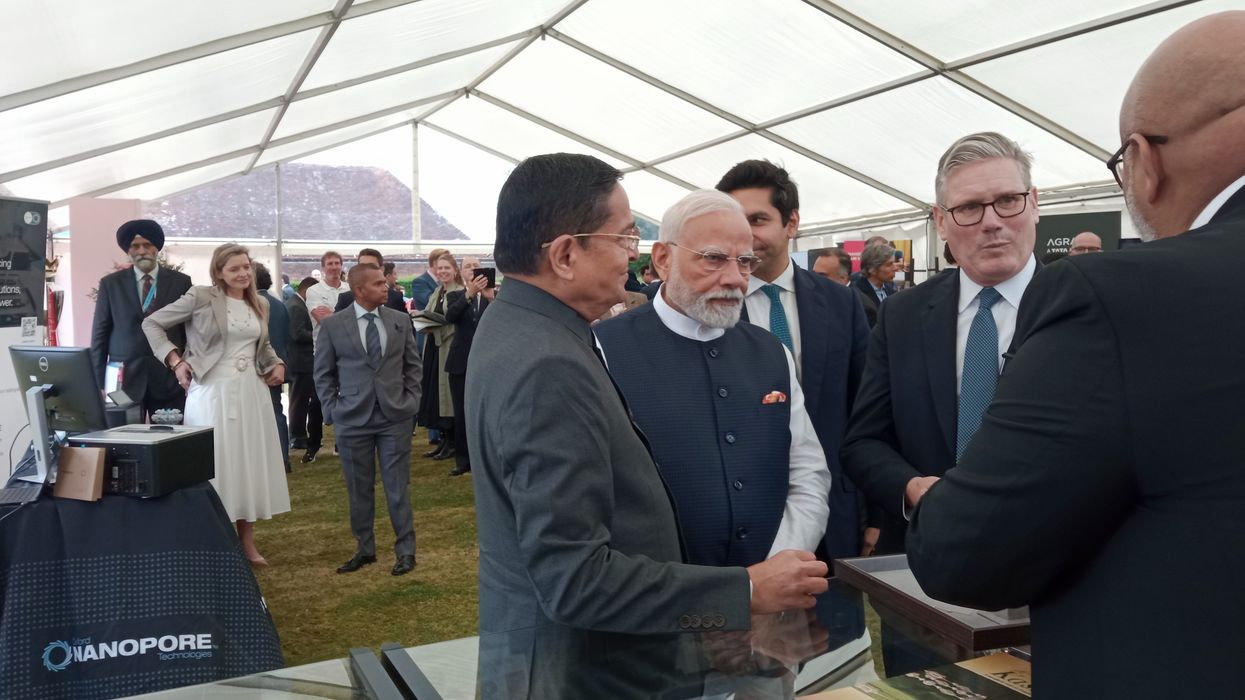
There were plenty of pictures, first of Reynolds and Goyal as they did the formal exchange of documents. Rachel Reeves, the chancellor, looked happy as she got a hug from Goyal. Soon, the line up for the “family photograph”, from left to right, included Seema Malhotra (UK immigration minister), Ajit Doval (Indian national security adviser, so the two sides must have talked about terrorism and defence), Rachel Reeves, Goyal, Reynolds, Subrahmanyam Jaishankar (India’s external affairs minister), and Jonathan Powell (the UK’s national security adviser – I noticed he had to persuade the police to allow him to jump the queue when he arrived at Chequers, with his demeanour faintly suggesting, ‘Don’t you know who I am?’)
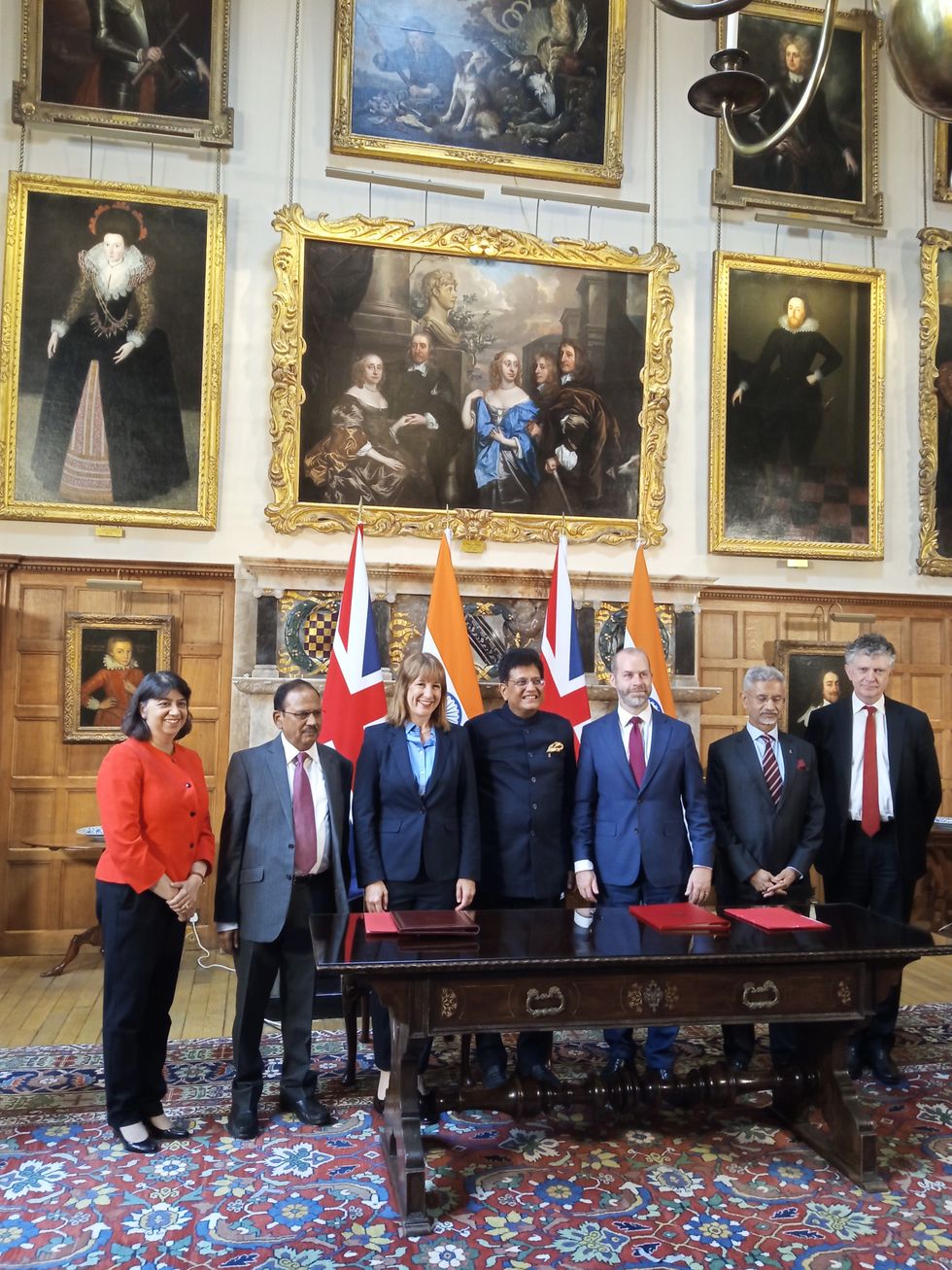
Later, I spotted the health secretary, Wes Streeting, and told him he looked relaxed despite the doctors’ strike. He hasn’t yet seen Nye at the National Theatre, which I urged him to do, and also read the classic 1937 novel, A J Cronin’s The Citadel, which has “been credited with laying the foundation in Britain for the introduction of the NHS a decade later”. Streeting, only 42 and tipped by many as a future prime minister, made a note of it on his phone. His constituency, Ilford North, has many Indian voters. Significantly, he appears to understand that the Labour party needs to repair its relationship with the new generation of politicians in India. Also, Indian doctors are a key factor in the NHS, and the Free Trade Agreement might mean there will be increasing medical collaboration between the two countries.
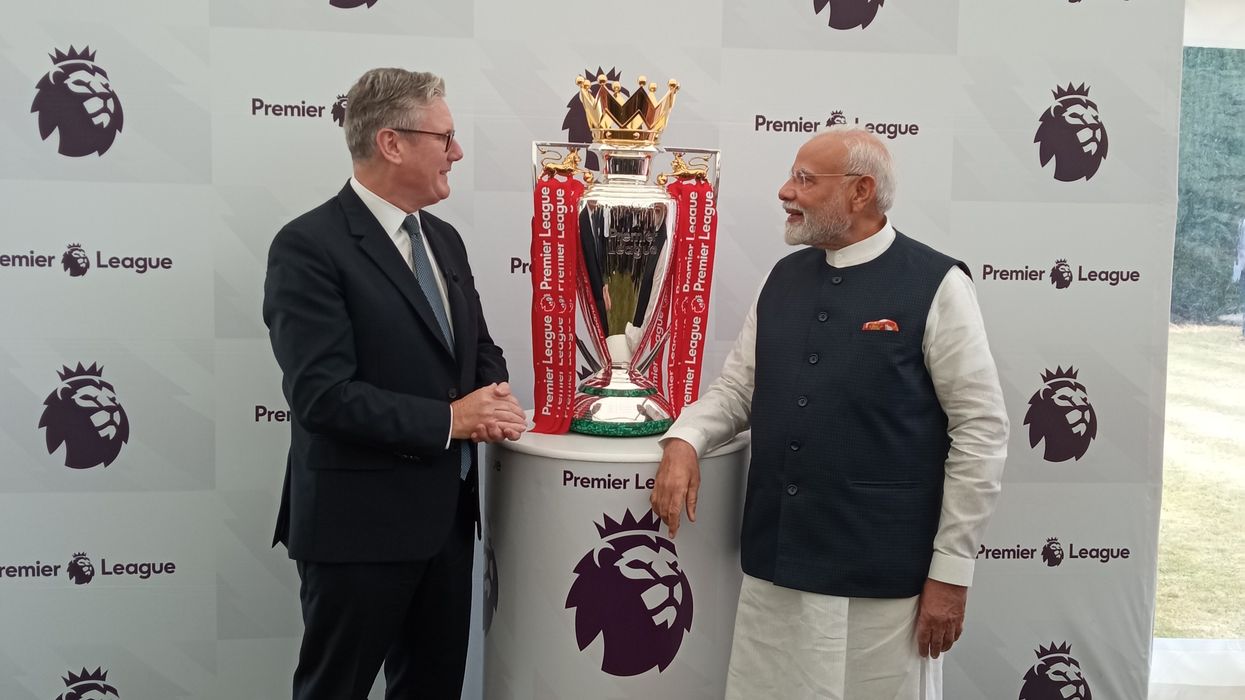
After lunch, Modi left to see King Charles at Sandringham. It was clearly an historic and enjoyable day for those of us who have not been to Chequers before. There will be quite a few moments to remember, especially Akhil Patel’s cheeky remark, “From one chaiwalla to another!”, as the Indian prime minister was handed a cup of masala chai. Modi put the encounter on his social media post.
